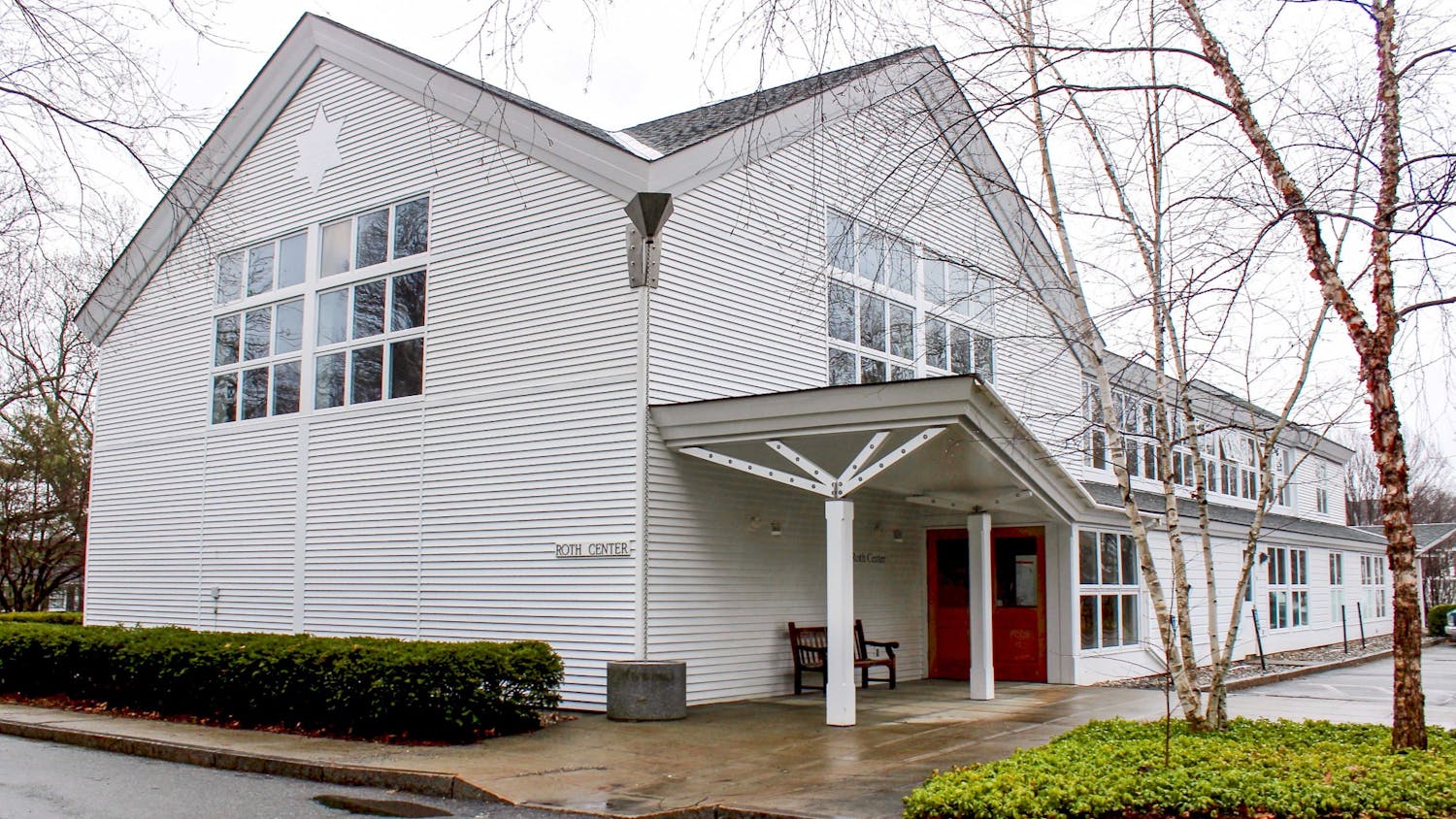Last month, earth sciences postdoctoral fellow Ying Cui published a paper looking at carbon dioxide levels in the Eocene “super greenhouse” period, a time of extreme global warmth. The study found that Earth’s carbon dioxide content during hyperthermals 53 million years ago was at most 1,000 parts per million, half of what was previously thought. The findings could help provide insight into the dynamics of global warming.
Cui and her co-author Brian Schubert, a geosciences professor at the University of Louisiana at Lafayette, described the creation of a new carbon dioxide proxy used on sediment samples from the Eocene period in the paper, which was published in the academic journal Earth and Planetary Science Letters.
Cui said there are limited locations where sediment samples dating back to the Eocene period may be found, including the Wyoming Bighorn Basin and the northern Gonjo Basin in China. She added that carbon dioxide estimates using ocean chemistry have been made in the past, but a unique challenge of her research was finding the terrestrial locations where testing could be done.
“The interesting part is studying these terrestrial sections can give us additional insights into how the hydroclimate would respond to climate change, which is one of the concerns of future climate change studies,” Cui said. “Because all human beings live on land, it is important to predict how the climate on land will change in response to changes in CO2 levels and changes in temperature and the hydroclimate. This is what we can learn by looking at these terrestrial sections in addition to using them as an archive to study the past CO2 level.”
Schubert said that researchers have wanted to study carbon fractionation of C3 land plants for many years and that C3 plants, including trees, herbs and shrubs, show a correlation between increased CO2 and carbon fractionation. He added that he and Cui took a new approach to explain the correlation between carbon fractionation and the CO2 content in Earth’s atmosphere.
When Cui and Schubert were studying the two terrestrial sections for sediments, they looked for changes in the amount of carbon in dead plant remains as a function of rising CO2 levels during the Eocene period. This method relies on measuring CO2 isotopes in the sediment deposits to determine the related CO2 content in the atmosphere, Schubert said.
“My Ph.D. training was about climate models as well as correlating terrestrial to marine sections and evaluating these areas using proxies for past CO2 reconstruction,” Cui said. “A natural continuation of my Ph.D. research was thinking about the proxies out there we can use to reconstruct the CO2 across each of these hyperthermal events.”
According to Cui’s paper, hyperthermal events are “multiple short-lived global warming events.”
Currently, there are at least seven proxies that exist, but each are somewhat limited in their material, Cui said, adding that ocean proxies using boron require some knowledge about the ocean climate such as pH. She noted that proxies which rely on counting stomata in leaf prints are unreliable due to the difficulty associated with dating them.
Cui added that the proxy used in for her research is limited to areas in which sediments are preserve, but it is supported by the strong correlation between carbon fractionation and CO2 content in the atmosphere. Other proxies before have shown lower resolution of the carbon content in this timescale, Cui said.
“It is always useful to have another tool in the tool kit. [Cui and Schubert] created another CO2 proxy,” said Dana Royer, an earth and environmental sciences professor at Wesleyan University. “This new proxy can be used any time in Earth’s history when there were land plants. There’s potential there to study CO2 change to a little over 400 million years ago.”
Cui said that their results show an upper limit of 1,000 parts per million CO2 in the atmosphere before hyperthermal events, which is contradictory to model simulations suggesting peak CO2 as high as 2,000 parts per million. Current levels of CO2 are around 400 parts per million. Cui added that this new idea about lower peak CO2 suggests other properties or other greenhouse gases might have played a more important role in maintaining the Eocene climate.
In regards to why Earth’s temperature remained high regardless of lower-than-expected carbon content, Cui described two potential answers: that the climate sensitivity during the Eocene period was very high, or that there are other greenhouse gases such as methane that amplify the global warming effect.
There are no ways to determine what these other gases might be, Schubert said, but the scientific community still considers the issue important.
“The CO2 content of our atmosphere is projected to rise to three times higher than what it is today,” Schubert said. “We don’t truly have anything younger than 55 million years to show what a doubling of CO2 in our atmosphere looks like. Everything before then has been considered to be a low CO2 world, lower than what the levels are today. We’re kind of going into unprecedented human history.”



